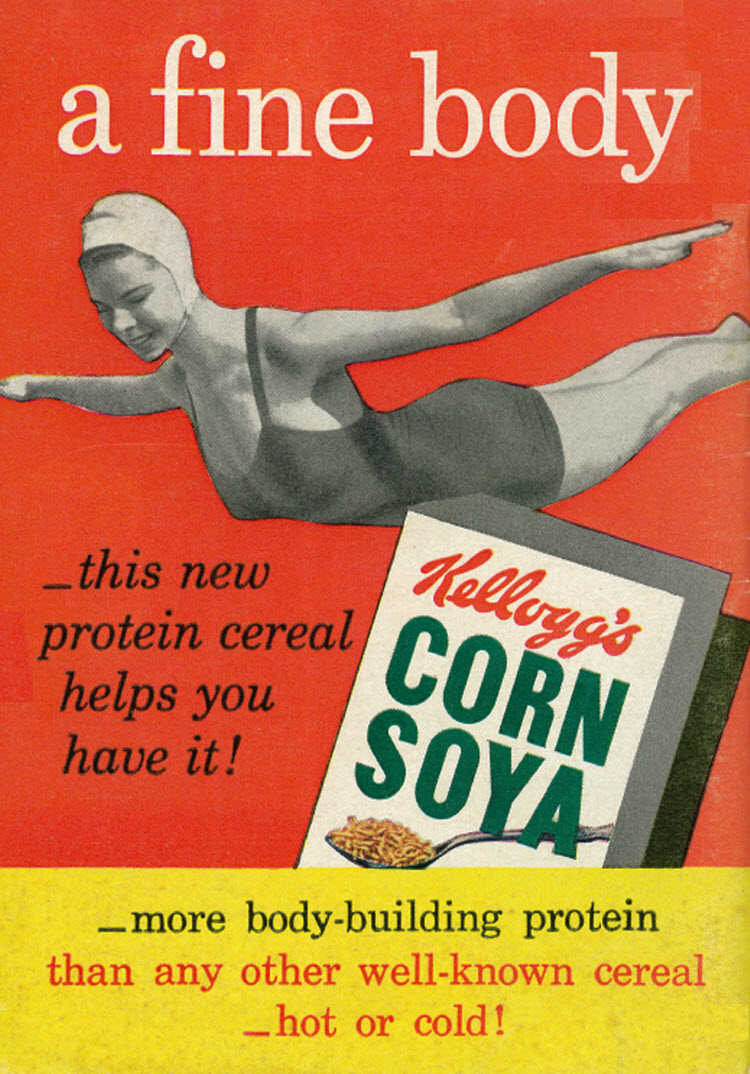



A major contribution toward the popularization of phrenological neuroascesis was made by Sylvester Graham (1794–1851), one of the founders of the natural food movement in the United States [...]. One of Graham’s main followers was the physician and Seventh-Day Adventist John Harvey Kellogg (1853–1943), a prolific writer and inventor of corn flakes, who continued the Grahamites’ crusade for natural food and sexual purity (Carson 1957).
In the chapter on “How to Keep the Brain and the Nerves Healthy” of his First Book in Physiology and Hygiene, Kellogg outlined a neuroascetic program, again aimed at training the brain as if it were a muscle. “We should exercise the Brain,” he wrote.
Brain gymnastics were to be supplemented by physical exercise, a balanced diet, and a sufficient amount of sleep; toxins, alcohol, and drugs were of course to be avoided. Children should not “eat freely of meat,” which “excites the brain” and irritates the nerves, and avoid spicy food, which tends to “injure brain and nerves” (204). Psychological and moral habits also had to be disciplined. Becoming angry does the “brain and nerves great harm,” and every child must refrain from swearing or use slang phrases, for “the brain after a while will make him swear or use bad words before he thinks” (205).
These various facets of Kellogg’s cerebral self-help program reappear literally in many of the neuroascetic manuals of the late twentieth century.

1951 Ad for Kellogg's Corn Soya Cereal, published in Quick news weekly magazine.

Inspired by the homonymous book by Fernando Vidal and Francisco Ortega, this timespace presents the authors' genealogy of the cerebral subject and the influence of the neurological discourse in human sciences, mental health and culture.